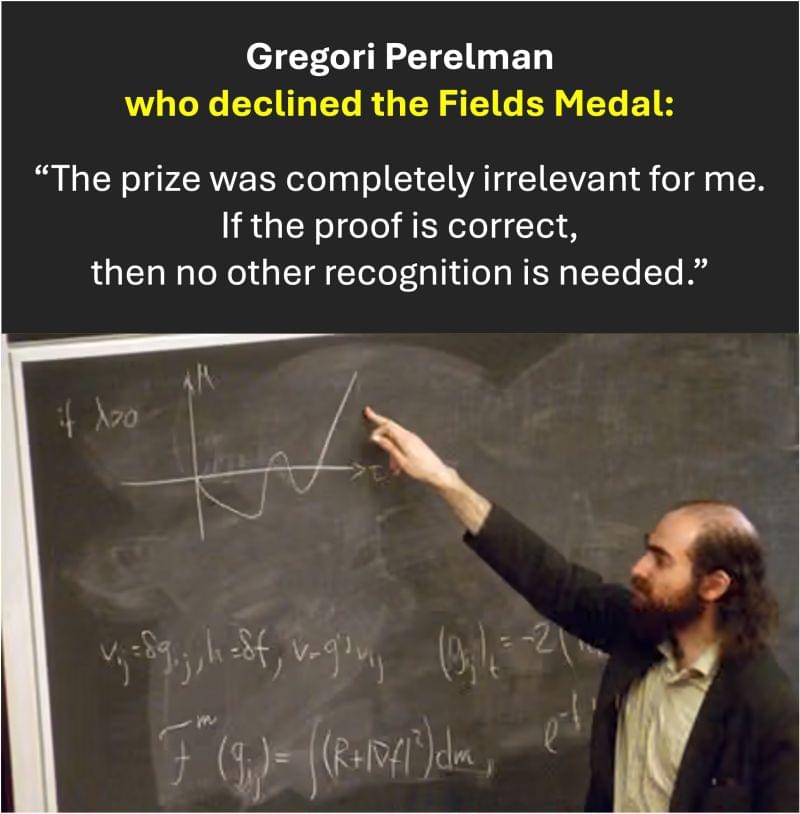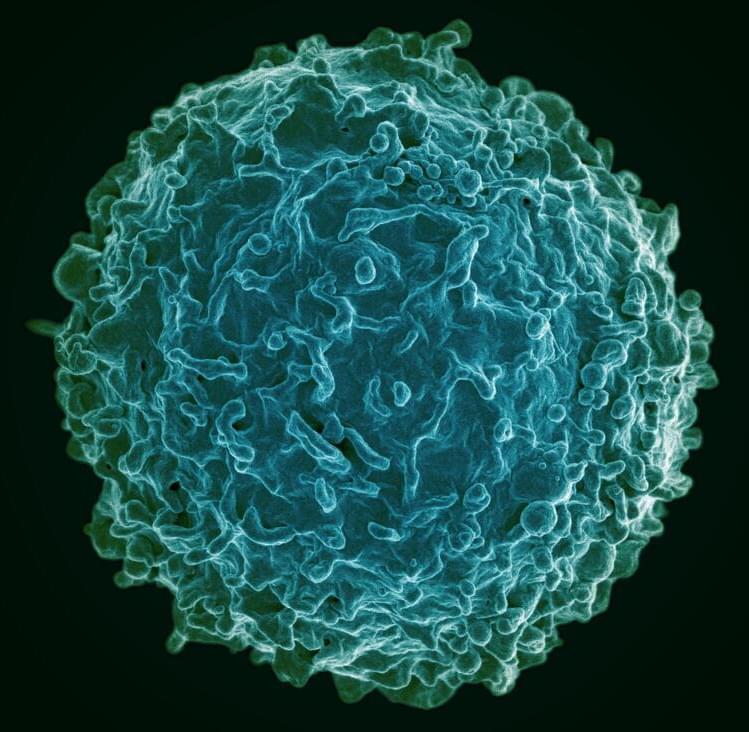True humility is rare today. It takes courage and a strong stance. It’s the story of Grigori Perelman, who proved the Poincaré conjecture — the only one of the seven Millennium Prize Problems solved by humanity. 1️⃣ In 1990s, Perelman worked at UC Berkeley. Top universities tried to hire him. A hiring committee at Stanford asked him for a C.V. to include with requests for letters of recommendation. But Perelman said: “If they know my work, they don’t need my C.V. If they need my C.V., they don’t know my work.” he received several job offers. But he declined them all. 2️⃣ In 2002–2003, he posted three manuscripts on arXiv where he solved the Poincare problem. On a PREPRINT server. Not in a journal! He did not care about publishing them in Nature. He did not care about getting them peer reviewed. He just wanted to make his work publicly available. Several leading math groups immediately started checking his proof. 3️⃣ In 2006, he was awarded a Fields Medal for his work on the Ricci flow and Poincare conjecture. But Perelman declined it: “[The prize] was completely irrelevant for me. Everybody understood that if the proof is correct, then no other recognition is needed.” He did not attend the ceremony. He was the only person to have ever declined the prize. 4️⃣ In 2010, Perelman was awarded a Millennium Prize ($1,000,000). He did not attend a ceremony in Paris as well. He considered the decision of the Clay Institute unfair because he wanted to share the prize with Richard Hamilton (who had a big influence on Perelman in 1990s). “The main reason is my disagreement with the organized mathematical community. I don’t like their decisions, I consider them UNJUST.” ❗️Why I am writing all this? Because: There’s no fairness in academia. It’s unjust and often illogical. It’s full of competition and unkindness. Perelman was very sensitive to it. So, he left mathematics… IF we don’t want to lose brilliant minds like this… IF we want our kids to love science as they grow up… Then we should focus on making it a better place. Less pressure on tenure track professors. No pursuit of metrics. No emphasis on awards. More mentorship and quality research. We need it. #science #research #engineering #mathematics #scienceandtechnology








